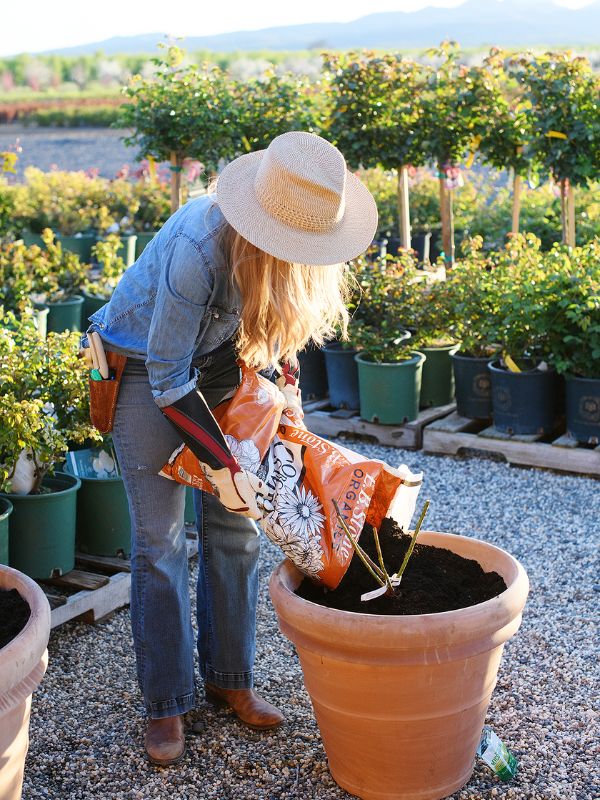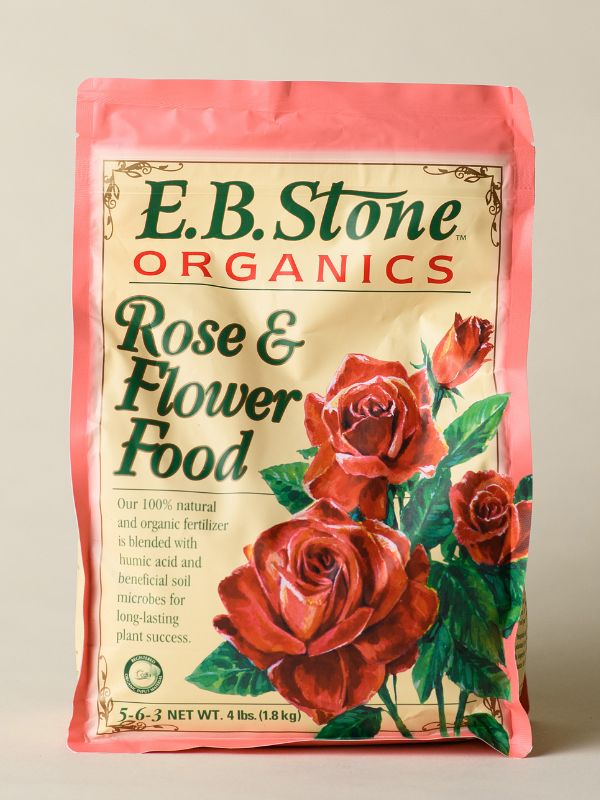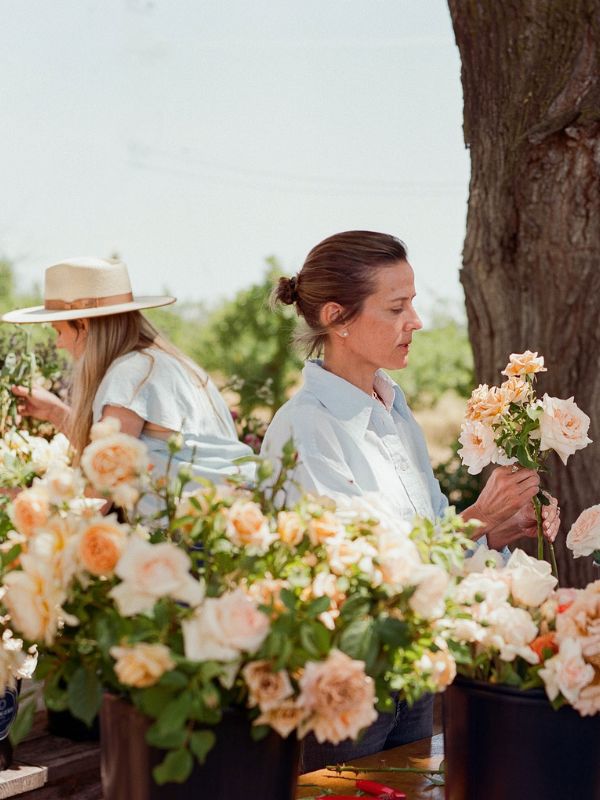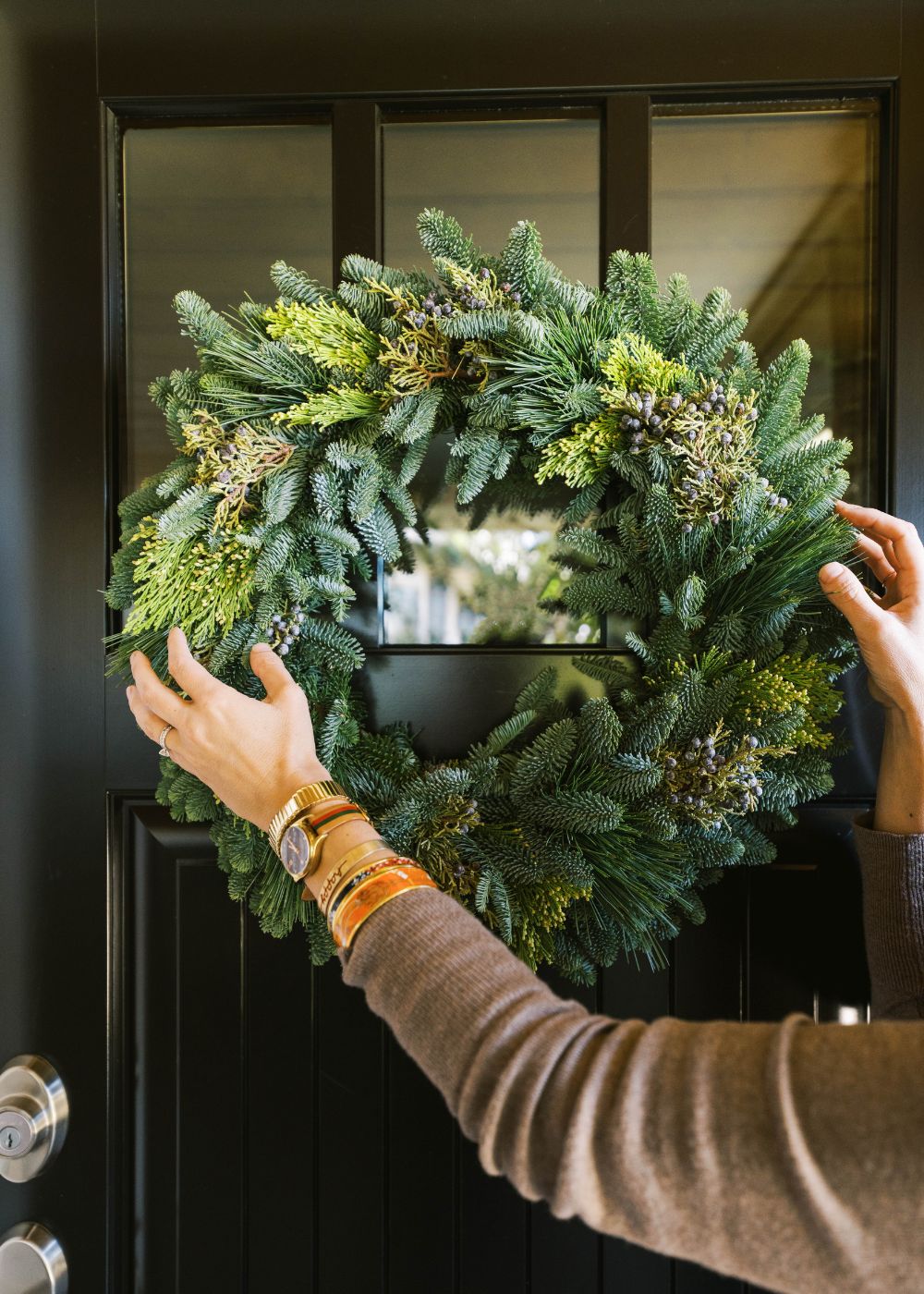In her weekly newsletter, Growing Wonder with Felicia Alvarez: Simple Tips for Thriving Roses, Gardens & Homes, Felicia offers expert advice to help you cultivate stunning roses, vibrant gardens, and welcoming homes. Each edition features a subscriber-submitted question, where Felicia provides thoughtful answers to your rose, garden, and home-related queries. This Q&A was originally featured as a highlighted question from one of our subscribers, published in the newsletter.

Q: "Hi Felicia. I grow almost all own root roses, & there is no joy quite equal to that of seeing new basal breaks! My question is: is it possible to get new basal breaks from a Grafted rose? From near the bud union?"
Submitted by: Michelle from Vista, California - Zone 10b, Gardener
- Prune Wisely: Removing old, non-productive canes every winter and throughout the growing season to stimulate the growth of new basal shoots.
- Inspect the Bud Union: Gently clean any old, dry, scaly wood from the bud union. This can promote the emergence of new basal breaks.
- Provide Adequate Care: Ensure your roses receive proper nutrition and watering. A healthy plant is more likely to produce vigorous new growth.

GET HELP WITH YOUR GARDEN
Have a gardening question for our head farmer & founder Felicia? Share it for a chance to win a $25 Menagerie Shop Gift Card! This opportunity is open to all subscribers of Growing Wonder with Felicia Alvarez, a weekly newsletter delivered straight to your inbox every Sunday. Not a subscriber yet? Sign up today and submit your question next Sunday! BECOME A SUBSCRIBER
Want to catch up on past newsletter issues? Read Them Here




















